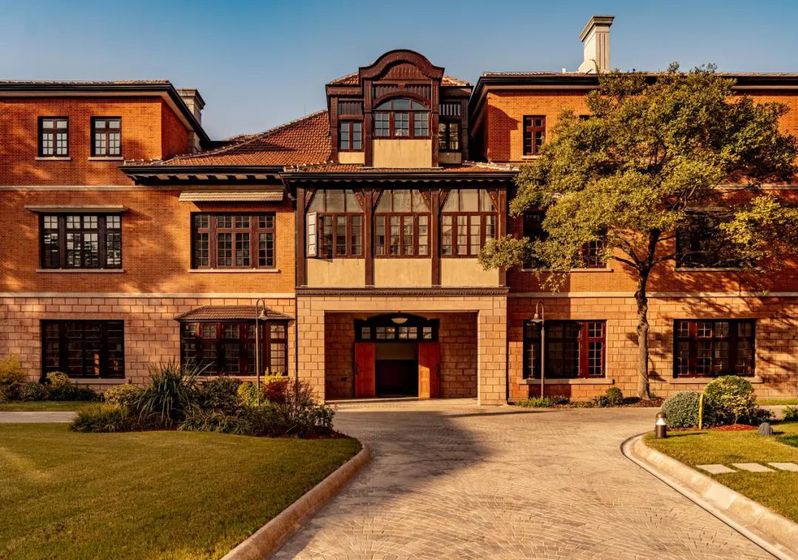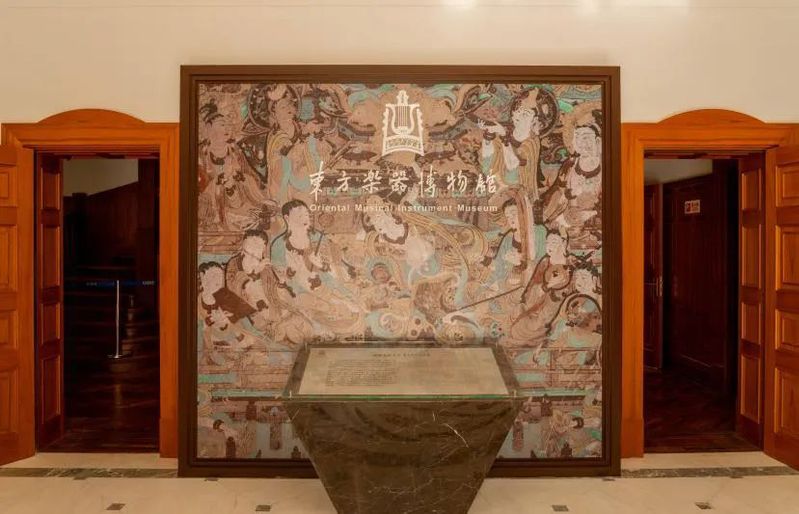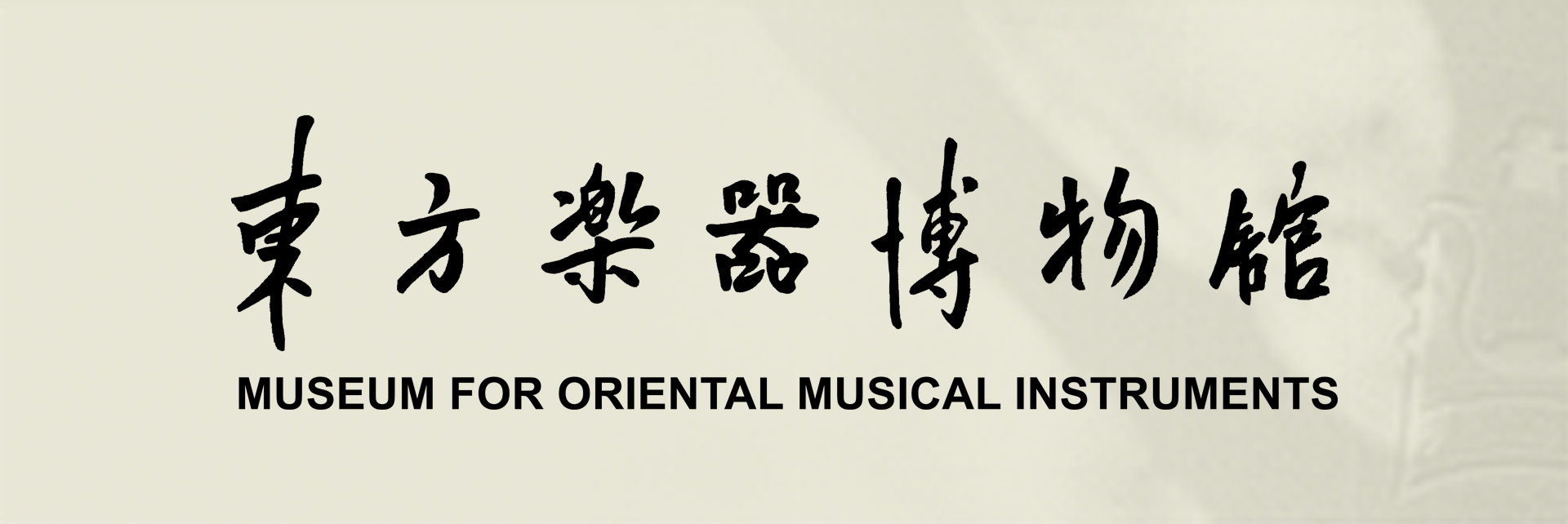

东方乐器博物馆前身为“中国民族乐器陈列室”,始建于1984年,1987年11月27日上海音乐学院60周年校庆时正式对外开放,是我国艺术院校中首个乐器博物馆。2001年,博物馆更名“东方乐器博物馆”,贺绿汀同志题写馆名,现为“全国民族团结进步教育基地”“上海市爱国主义教育基地”“徐汇区科普基地”。
东方乐器博物馆藏乐器约800余件(套),跨越8000多年,包含亚洲、欧洲、美洲、非洲等40多个国家和地区的民族乐器,藏有中国西南、西北、东北等地藏、苗、满、彝等40多个少数民族特色乐器。东方乐器博物馆是推进文化自信自强、守正创新中华优秀传统文化的重要基地,也是上海音乐学院“教创演研”一体化的重要平台。致力于收藏、保护、研究和展示世界各民族乐器,为教学、科研提供支撑。东方乐器博物馆始终高度重视服务社会,作为学校开展美育教育的基地和窗口,为建设具有世界影响力的社会主义现代化国际大都市作出贡献。自2006年起向社会作公益性开放,已成为上海都市文化中一道靓丽的风景。
Oriental Musical Instrument Museum
A pioneering institution in China, the Oriental Musical Instrument Museum (OMIM) is the first of its kind established by a Chinese art college. Its predecessor, the Chinese National Musical Instrument Showroom, was established in 1984 and inaugurated on November 27, 1987, as a tribute to the 60th anniversary of the Shanghai Conservatory of Music (SHCM). In 2001, it was officially renamed the Oriental Musical Instrument Museum, with a name plaque inscribed by renowned Chinese composer He Luting. Standing as a symbol of rich cultural heritage, the OMIM is proud to serve as the National Education Base for Ethnic Unity and Progress, Shanghai Patriotism Education Base, and Xuhui District Culture Popularization Base.
The OMIM boasts an impressive collection of over 800 musical instruments from more than 40 countries and regions across Asia, Europe, America, and Africa. Among its extraordinary collection of exhibits that span over 8,000 years, there are numerous unique ethnic musical instruments of the Tibetan, Miao, Manchu, Yi, and many other ethnic groups in southwest, northwest, and northeast China. The museum is not only a hub for building cultural confidence and promoting innovation of excellent traditional Chinese culture, but also an essential part of the SHCM’s integrated system of music teaching, creation, performance, and research. It is dedicated to collecting, preserving, researching, and displaying the musical instruments of all nationalities in the world, aiming to provide support for teaching and academic research. As a base and window for the SHCM to promote aesthetic education, the museum has always attached great importance to serving society. Since 2006, it has been open to the public on a free basis, making it accessible to everyone. Adding to the urban cultural landscape in Shanghai, the OMIM has made remarkable contributions to the city’s initiative to build a modern socialist metropolis with international appeal.
邮箱:bowuguan@shcmusic.edu.cn
(如有需要,请通过邮箱联系我们)
